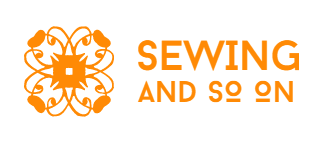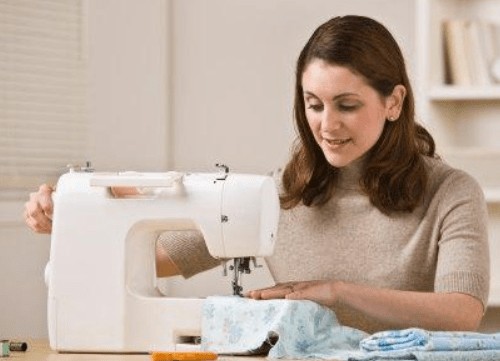
Embroidery work is simply a beauty, and you can add so much beauty in whatever you sew using embroidery. In the past, all embroidery work was done by hand; there was no mechanism for it. Now with technological advancement, we have embroidery machines that make the embroidering process easier and time-efficient. The costs of these machines vary depending on the device. The size of the embroidery a device can handle and the software you choose to work with significantly affect the cost. Some embroidery machines are embroidery-only; these machines cannot control the work done by a regular sewing machine. Others are all-inclusive; they can handle embroidery work as well as ordinary sewing.
How Do Embroidery Machines Work?
Use the Design Files
If you have never used an embroidery machine before, it may seem confusing at first; however, the secret lies in reading the manual and getting yourself comfortable. You need to understand that these machines are computerized and the designs they produce are preloaded to the machine usually through a USB drive.
You will need to choose your design from the ones provided by the embroidery software; however, if you have a newer version of this machine, there is an option for you to add new designs and even make edits on already existing designs. Once you have chosen the design to work with all you have to do is place the fabric in a format acceptable to the machine. The preloaded designs will work, and soon there you have your embroidery done.
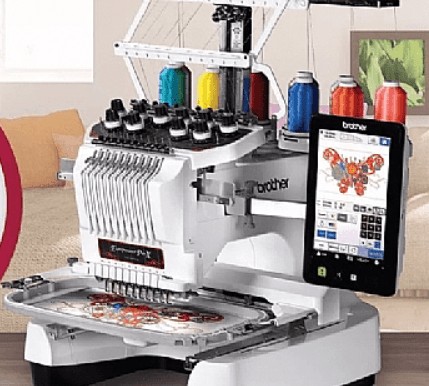
Use the Stabilizer
In an embroidery sewing machine, the darning foot is not on the fabric and no feed dog is holding the fabric in place. This is where the stabilizer comes in, and the stabilizer will hold the fabric in place for the sewing machine. There are various stabilizers available that also have different uses. Some stabilizers will be used on top while others will be used at the bottom of the fabric. A piece of napped fabric, for example, will need a stabilizer on top which will hold the nap down to prevent loops of fabric from being visible through the design.
Top stabilizers can be either heat away or water-soluble. Heat away will turn to ash when they come in contact with the heat from the iron while water-soluble dissolves in water are leaving no traces of the stabilizer. The stabilizer will thus hold the fabric in place while the machine works on the embroidery without leaving a trail.
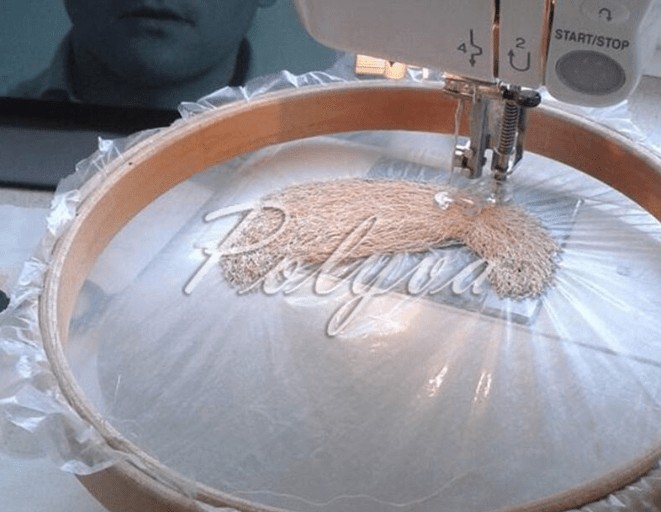
Hooping
Hoops come with the embroidery machine. Placing the fabric, you are embroidering on the circles is referred to as hooping. Hooping ensures that the fabric remains in the same place as the embroidery machine works on it. This is very important as unlike in hand embroider, if the fabric moves, the design will have issues, the most common problem is the border failing to line up with the rest of the design which occurs as a result of the fabric failing to remain in the same position.
Hooping is especially important when working with wearable products, it can be quite easy; the fabric is placed in the rings of the hoops and the hoops attached to the sewing machine. The embroidery process will soon start. The best way to understand hooping and its benefits is to think of it as your presser foot holding the fabric in place as the embroidery machine sews the design on the fabric.
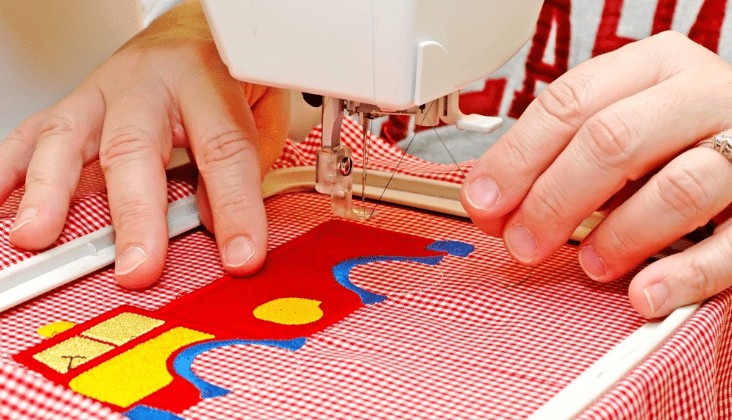
Final Words
Working with an embroidery machine can be easy; the first and significant thing is for you to understand how do embroidery machines work and the requirements needed for it to work. From there, read the instructions on the different manual machines might have some differences; the user manual will give you the details of how to work with your particular embroidery sewing machine. Window shopping for your embroidery sewing machine is also essential. There are different types of embroidery machines in the market, and you have to choose the right one depending on your needs.
